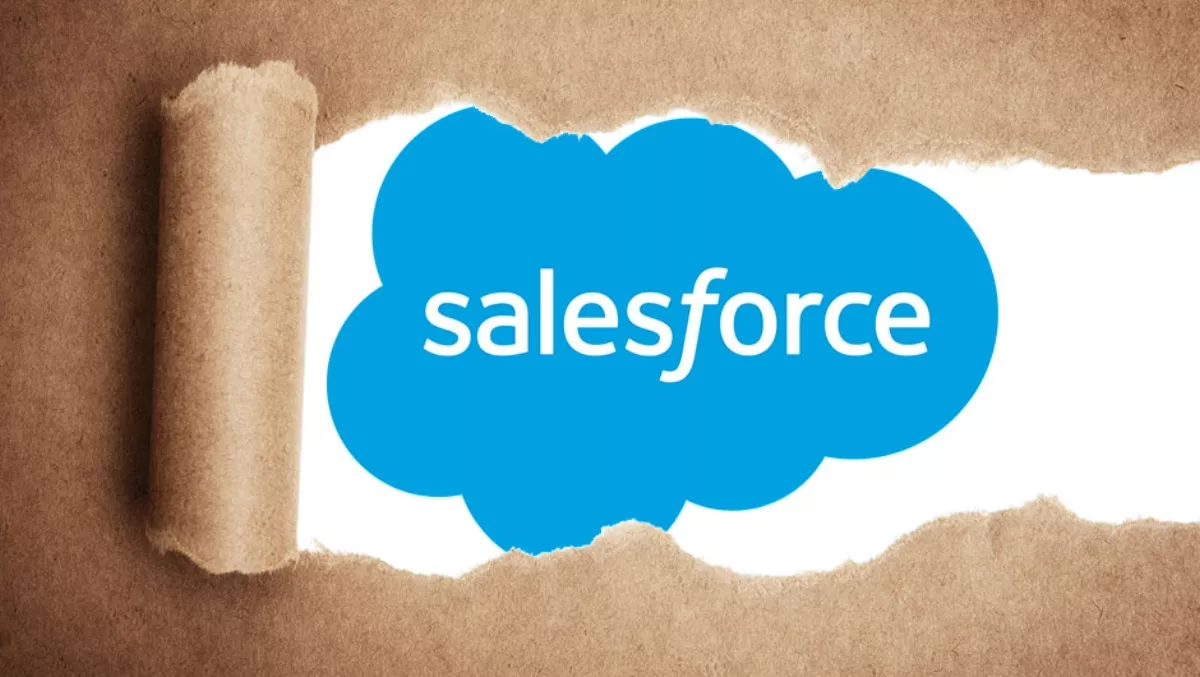
The secret sauce that makes Salesforce magic
Salesforce is the undisputed leader in CRM and has branched into many other business software categories in recent years.
One of the keys to their approach has been allowing non-developers to make changes to the system or even develop new apps within Salesforce.
Clearly, this is carefully managed using permissions so that only those with the right knowledge and data access can make changes. The organisation's Salesforce administrator has full control in this area.
What is exceptional about this approach is that no longer do you need a serious developer to create a minor change, create a new report or a dashboard. Instead somebody much closer the business and those using the system everyday can do it.
There is an incredible arsenal of free online training tools to upskill people; we explain the tools here.
Ryan Ellis, Vice President of Product Management - Platform explained that there are "low code or even no code" options for business users and serious tools for coders too.
He heads up the teams that have reinvented these tools.
The basic building blocks
Using the 'Objects - Fields' tool, you can make changes to the fields in each of the Apps. This could just be changing the label of a field, adding a new field or changing its type.
The last of which can be really handy to change a field from just text entry to a drop down list. It's a great time-saver for users and could help with data entry consistency.
In the same tool, you can create whole new databases (Salesforce calls these objects and geeks call these tables). These new databases could become separate tools, for which you'd need to set up an interface or they could be connected to one of the existing databases that come with your subscription.
There is also a visual version of the 'Objects - Fields' tool which is called 'Schema Builder'.
This is very useful for connecting two different databases together. For example, contacts to an account. Although that example is already set up for clients that choose the Sales Cloud version of Salesforce.
The visual side
Three years ago they introduced a new technology called Lightning. It's both a new modern - much cleaner user interface, plus a new development framework underpinning it.
The company realised that more and more of their users wanted mobile experiences and Lightning is designed for a 'mobile first' approach to business.
After you've set up the basic database underpinnings of your tool, then you'll move over to the 'Lightning App Builder' tool. It's a visual tool that you drag and drop the interface elements around to design your users experience.
It automatically handles everything from then on to enable full rich mobile and desktop user experiences.
More and more of Salesforce's own Apps are being moved from the original 'Classic' development environment to the new 'Lightning' technologies as I write this.
Those organisations that have already built or customised their tools for 'Classic" have plenty of reasons to redesign them including:
- Easy mobile device support.
- A cleaner - faster user experience.
- Amazing new calendar integration (enabling almost anything to be visually shown in your calendar).
- Deep Office 365 or Gmail integration.
- Support for offline or low signal usage.
All of these and any new advancements from now on are only available for 'Lightning'. At last week's annual Salesforce conference Dreamforce, almost all of the hundreds of third-party tools for the platform were 'Lightning' ready.
Once you've got your App setup and designed, then comes the real magic. You use a tool called 'Process Builder' to make your app intelligent.
With it, you can set up monitoring of fields and databases, which then can trigger a huge number of actions.
For example, if a field gets left empty or if a discount percentage is too high you can then trigger an action like a new task being created for a team member or an email being sent.
Process builder and the real-time event processing engine called Thunder behind it handled over 30 billion decisions for clients last month.
It's genuinely where you turn a database into an amazingly intelligent business tool.
For the developers
Serious coders aren't left out of this picture either with backend - frontend coding tools and seriously good APIs.
Also, time-saving libraries full of prebaked components cover many common things like field validation, disability support and common external integrations.
Salesforce also owns an incredible technology called Heroku. It's a separate part of the platform which is incredibly popular with developers. It's a 'polyglot' platform, which means that it can run lots of different types of coding languages together. For example, Java, Ruby, Scala, etc.
It then allows all of these to hook back into Salesforce to interact with data.
This enables a large enterprise who's invested heavily in their eCommerce platform to change to Salesforce without having to start again with their customer facing systems.
So you can see that Ellis and his colleagues in the platform teams have done an incredible job of making Salesforce one of the most customisable and development friendly enterprise platforms available.
Although before starting a major development project, organisations would be best served having a hunt through Salesforce's App Exchange, where third party tools to solve almost any requirement are conveniently stored. A large number of which are free and installed easily


